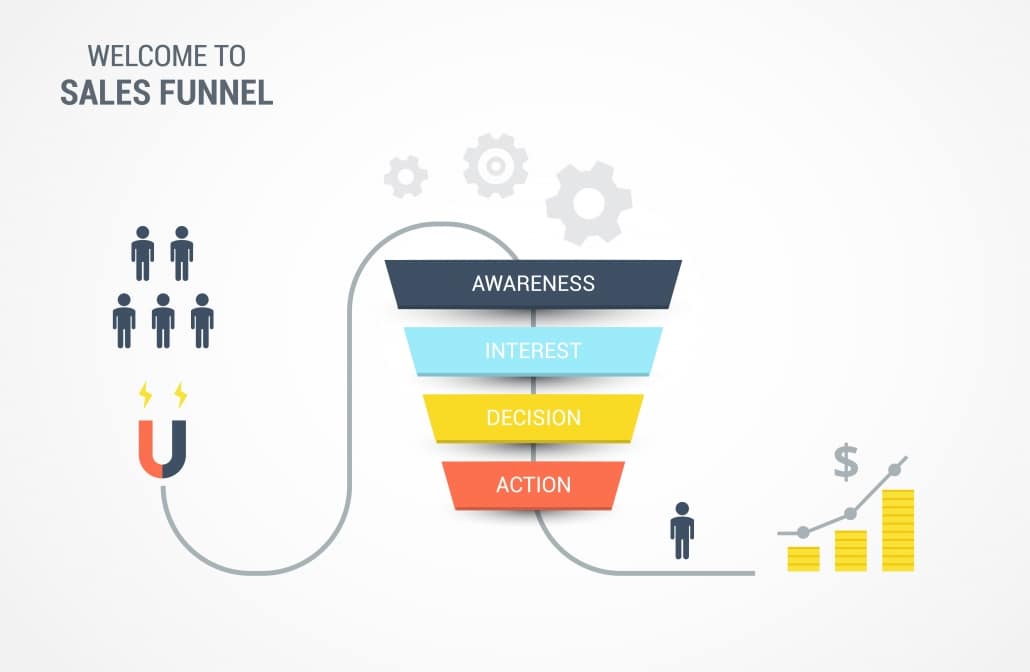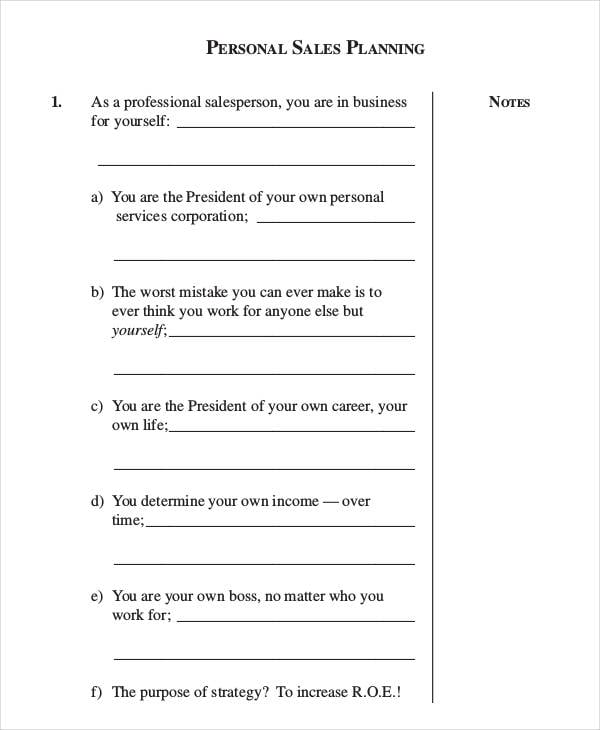
Marketing Sherpa is a great resource for campaign case studies. When planning a new campaign, it’s helpful to review campaign case studies to spur your creativity. The science shows that using these principles in your campaigns should yield improved results. This video by Influence at Work discusses the 6 principles that guide human behavior: Have you ever thought about asking your customers what “job” they’re hiring your product or service to complete? Here’s an insightful 5-minute video from Clayton Christensen, professor at Harvard Business School, talking about a case study addressing why people bought milkshakes at a popular fast-food restaurant, and the “job” the milkshakes performed (which was different from what the restaurant thought.)Īs you’re considering your campaign ideas, consider the science of persuasion – known tactics that influence people’s behavior. But many times, customers don’t care about that - they care about using our product or service to fill a completely different need for them. It’s also common for many to focus our campaigns on why we’re better/faster/cheaper than the competition. However, more B2B companies are adding consumer-oriented creative to their campaigns, so it’s good idea to be as creative as possible even if you’re in a “traditional” business like selling machinery or computer hardware. If you’re marketing a consumer product or service, then be as creative as possible! B2B marketers historically aren’t as creative, focusing on pragmatic, value-driven messages. Determine Your Marketing Campaign Creative ConceptĪfter determining your business goals and target audience, the next step is to think about a campaign theme. If you need to identify your target market or hear what they’re saying, there are plenty of social media monitoring tools, and even new offerings using AI for market research and market intelligence. If you’re using a buyer persona, list them. Who is the target audience for your campaign? When you focus on a very specific audience of limited size, it’s much easier to deliver a message that resonates and gets them to take action.
Sales guide template upgrade#

Direct sales – To close deals within a short time period – a campaign to encourage people to “buy now.”.Nurture existing leads – To communicate with leads that are in the pipeline but may not be ready to buy or to take the next step a nurturing campaign reminds them of your value and provides information that can help move them along.Qualify leads – To better qualify and rank leads so you can segment them and then follow up based on their timeframe and likelihood of buying.Generate new leads – To generate new leads.Branding – To increase awareness of your company, product and/or people in your market to communicate the value you provide and what you stand for.Here is a list of potential business goals: Are you focused on building brand awareness? Increasing retail traffic? Generating B2B sales leads? Supporting distribution partners? Start your campaign plan by thinking about what you need to accomplish.

Select the Business Goal for Your Marketing Campaign

Use this marketing campaign plan template to establish your business goals, select your campaign media, determine your message and offer, outline your creative, build your campaign budget, project your campaign ROI and outline your fulfillment. When designing a marketing campaign, it’s important to ensure that your campaign creative and tactics are tied to strategy and business goals. A well-designed marketing campaign can position your brand as a certain “something” in the mind of your customers, generate leads and create customers.


 0 kommentar(er)
0 kommentar(er)
